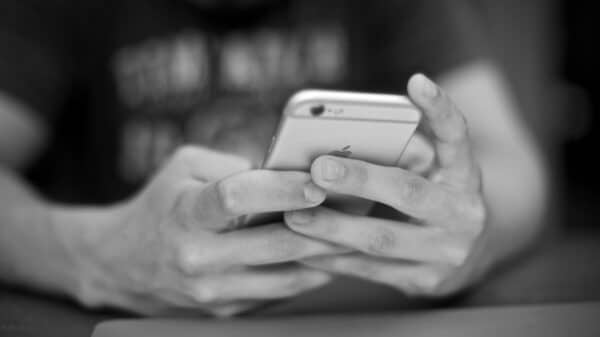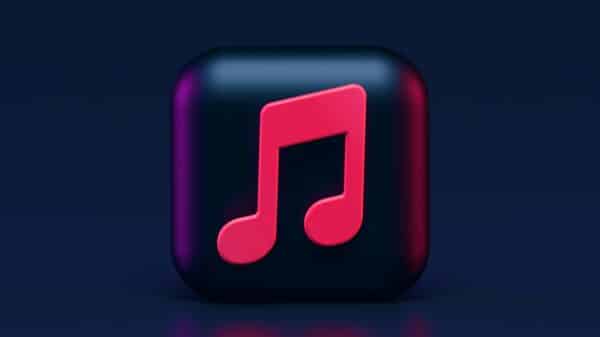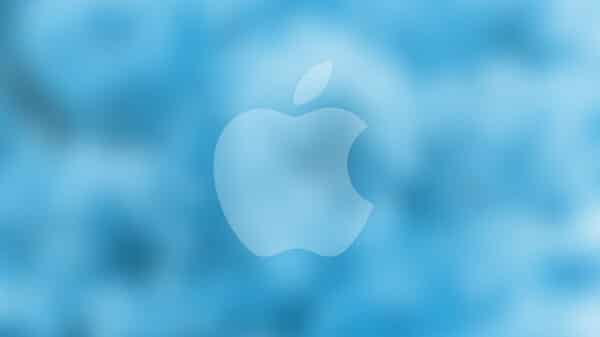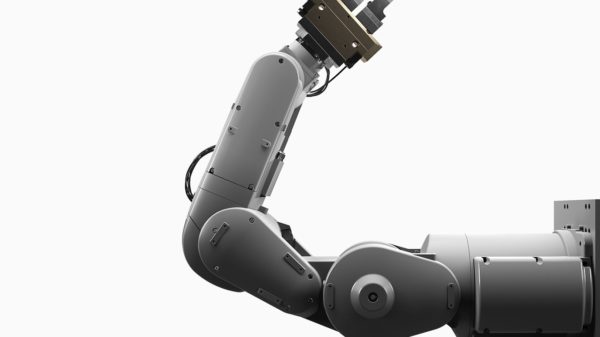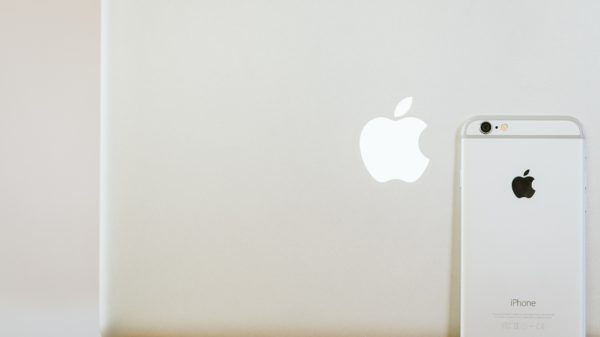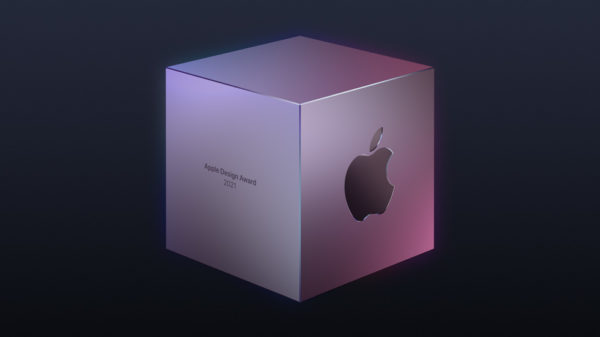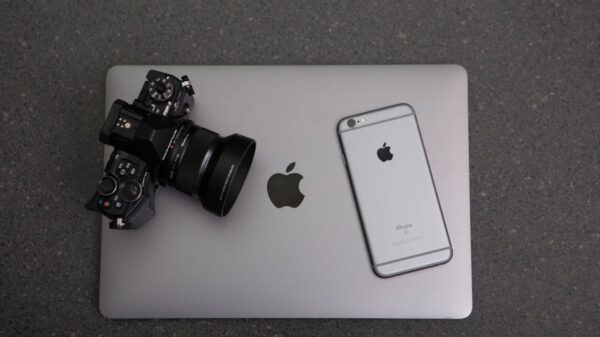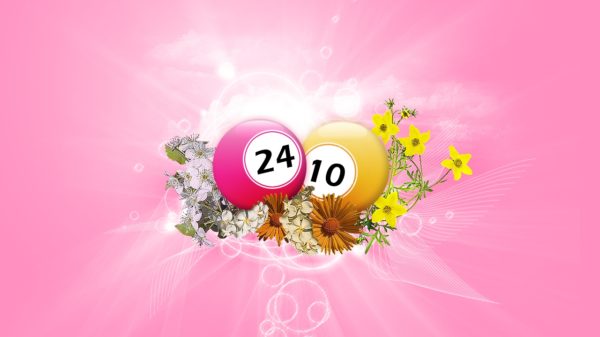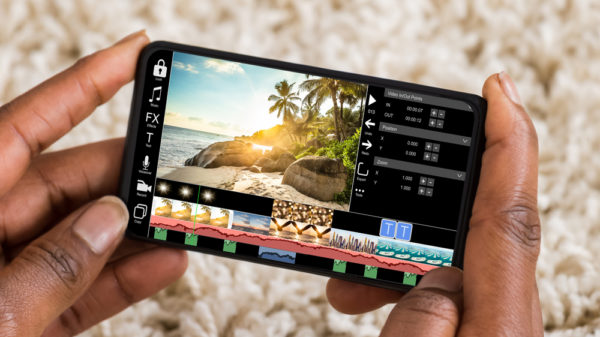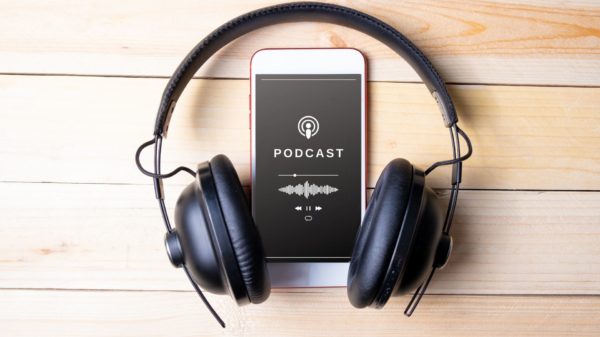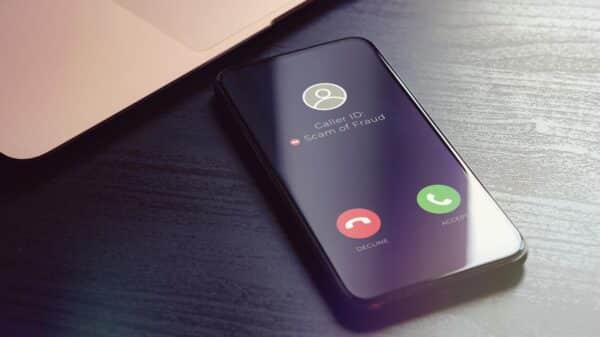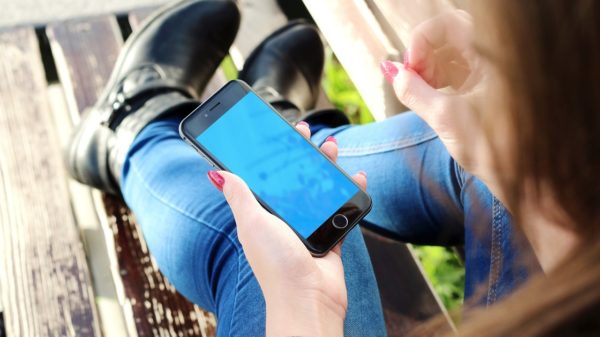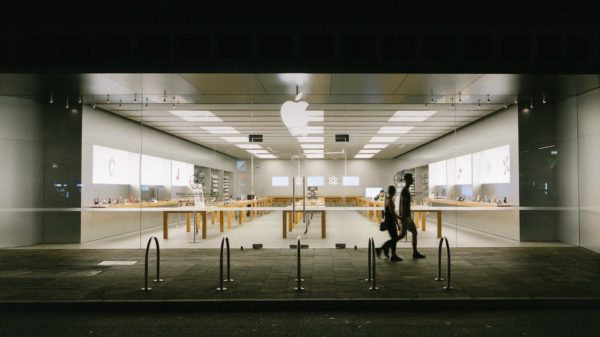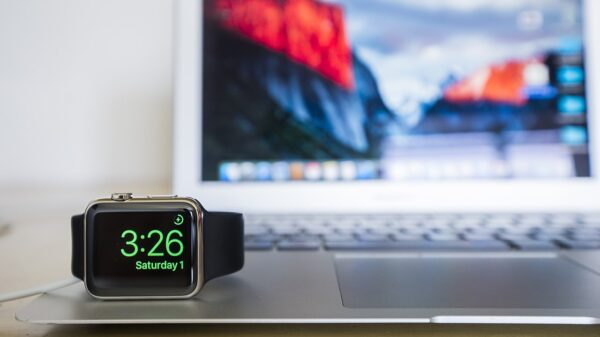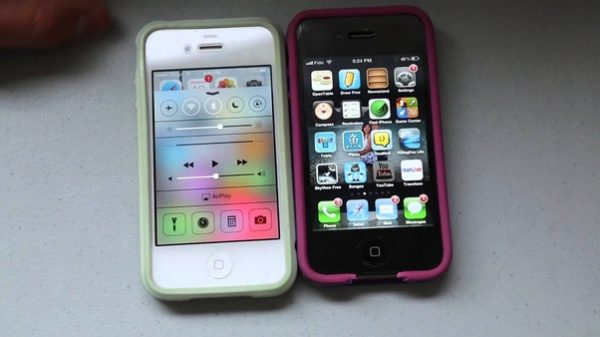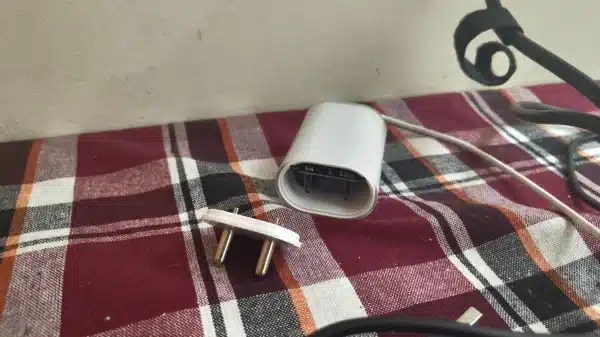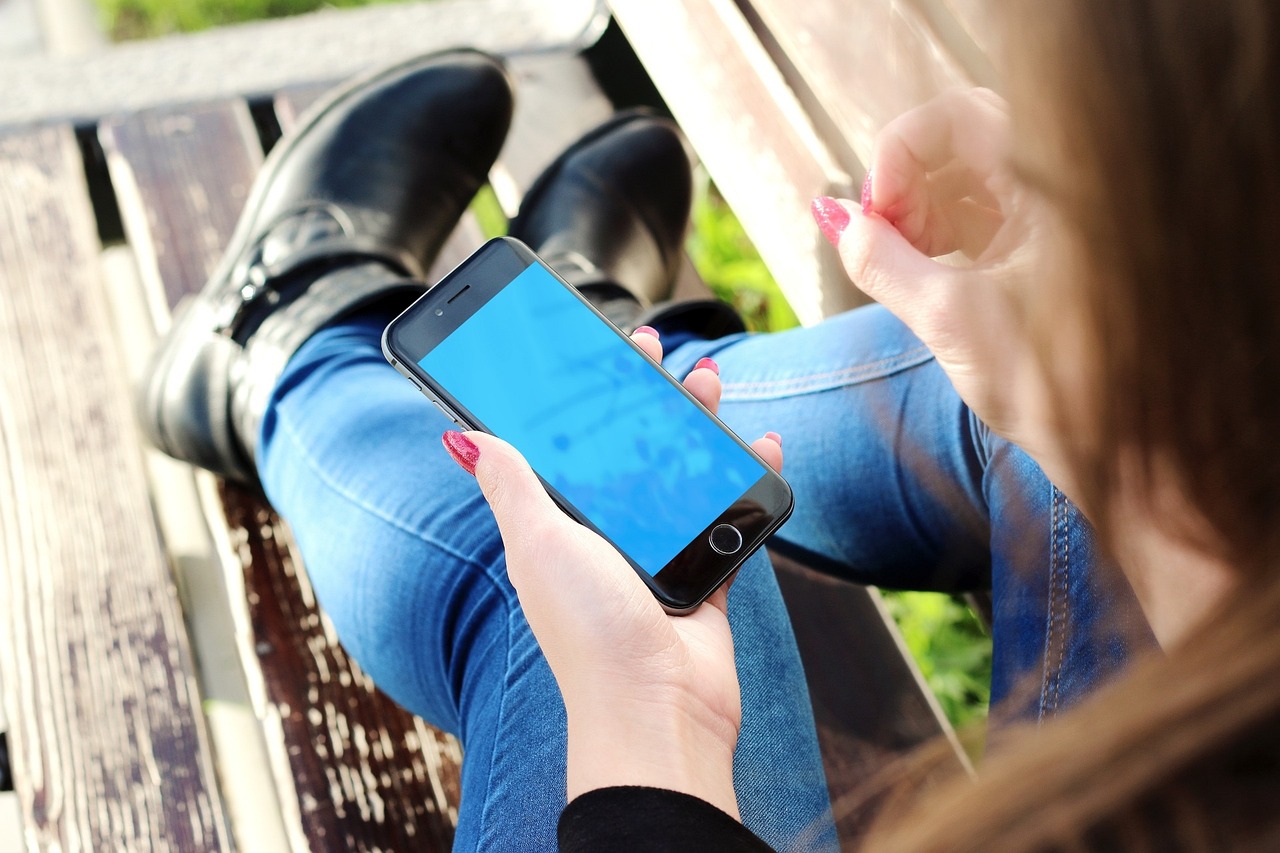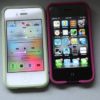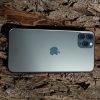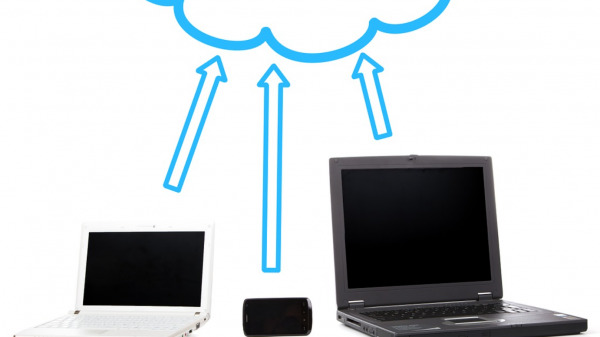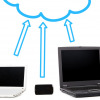Organizing your iPhone home screen may seem like a simple task, yet the impact it has on overall phone usage and efficiency cannot be underestimated. Having a clear, well-arranged home screen transforms how you interact with your device, making it simpler and quicker to find the apps you need when you need them most. Over the course of this article, we aim to provide an in-depth guide filled with insights on efficient methods and useful tricks to swiftly organize your iPhone home screen.
Before we get into the nitty-gritty of getting your iPhone home screen in shape, it’s crucial to gain a preliminary understanding of the iPhone interface and its key features related to home screen organization. The iPhone interface is designed to be intuitive. The most iconic feature is probably the grid of app icons seen on the home screen. However, as our app count increases, managing them efficiently may turn into a real challenge.
Making the Most of Your Home Screen
Now that you’re comfortable with navigating your iPhone and its features, it’s time to discuss the importance of prioritizing your apps. Analysing your app usage patterns will aid in putting the most frequently used apps in easy-to-reach locations. Efficient app arrangement requires a balance of aesthetic appeal and practical conveniences, which we will familiarize you with in the sections to come.
12 Key Tricks to Swiftly Organize Your iPhone Home Screen:
Using App Folders Effectively
App folders are an indispensable tool in your digital arsenal for keeping your smartphone’s home screen organized and free from clutter. By diligently categorizing your apps into folders with clear, descriptive names, you not only tidy up your visual space but also streamline the process of locating any given app. This means less time swiping through pages of apps and more time enjoying the productivity that comes with a well-organized digital environment.
To create app folders on an iPhone, the process is straightforward and user-friendly. It begins with a simple press and hold on an app icon, followed by dragging it on top of another app. This action prompts the formation of a new folder, akin to a digital big bang where a new organizational universe is created. Once this new folder springs into existence, you can assign it a fitting name that encapsulates the nature of the apps it houses, thereby simplifying your search the next time you need one of them.
Rearranging Apps for Easy Access
The rearrangement of apps on your iPhone is not just about aesthetics; it’s a practical move that can have a significant positive impact on your user experience. When you press and hold an app until all icons begin to shake — akin to a dance signifying their readiness to move — you’re a step closer to efficiency. This jittering is your cue to start reorganizing.
The optimal placement of your most frequently used apps is paramount. Prioritize these applications by positioning them on the initial page of your home screen. Ideally, they should be situated within an effortless reach of your thumb. This strategic location enables you to launch your favorite apps with speed and ease, translating to saved seconds and minutes that accumulate into hours over time — an investment in efficiency that pays off handsomely.
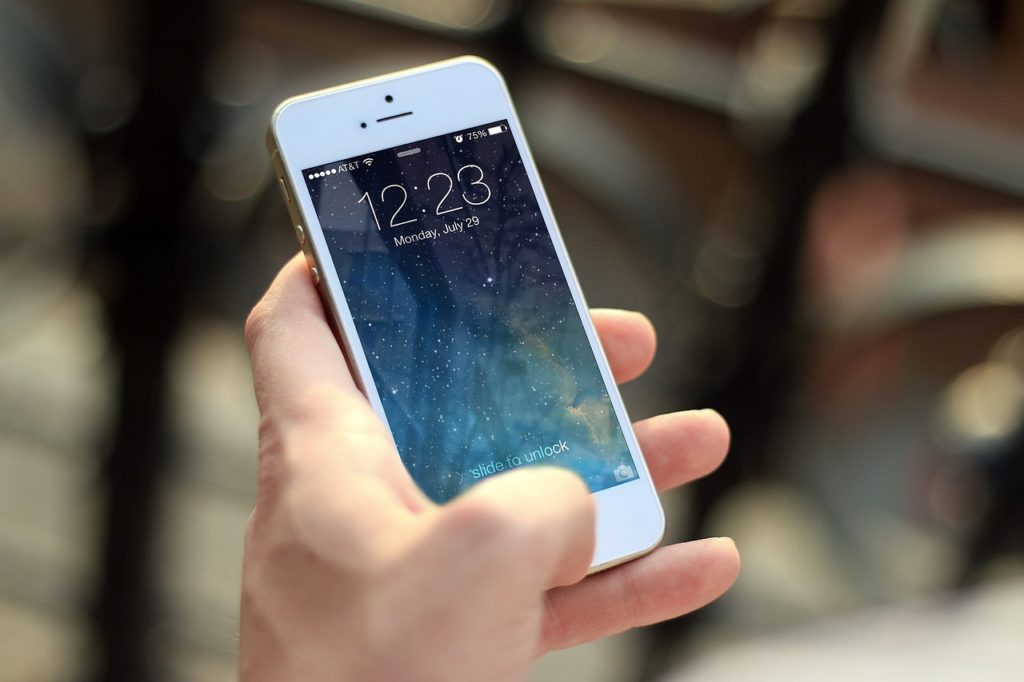
Utilizing the ‘Offload Unused Apps’ Feature
In the event that your iPhone becomes a warehouse for unused apps that do nothing more than take up precious space and create visual chaos, there’s a remedy built right into the device’s settings. The feature named “Offload Unused Apps” works like a vigilant digital housekeeper, automatically removing the apps that you haven’t used in a while. Nevertheless, it’s not a complete goodbye. This feature is cleverly designed to retain the apps’ data, ensuring that, should you decide to reinstall them, all your information remains unscathed, ready for you to pick up where you left off.
Customizing Your Background and App Icons
Infusing your iPhone with a touch of personal flair is a delightful way to make the device feel more intimately yours. Altering the wallpaper is as simple as venturing into the settings and selecting an image that resonates with your personal taste. Meanwhile, adjusting the app icons is another facet of personalization available to you. Through the Accents feature, you’re provided with a spectrum of colors, albeit a limited one, allowing you to tailor your icons to align with your preferred aesthetic theme.
Leveraging the App Library for Better Organization
The introduction of the App Library is akin to having an automatic filing assistant for your applications. This feature categorizes your apps into intelligible groups. For those applications that don’t need to be front and center on your home screen, the App Library serves as a discreet and organized backstage area. By taking advantage of this, you’re able to keep your main screen looking pristine and uncluttered, ensuring a more serene interaction with your device.
Leveraging the Dock for Quick Access
The Dock, which hugs the bottom of your iPhone’s home screen, serves as prime real estate for your most essential apps. It is designed to house up to four applications that you deem crucial in your daily digital routine. This section of the screen is ever-present, providing unfaltering access to these apps regardless of how many home screen pages you swipe through. It’s a convenience feature that ensures your most valuable apps are always just a tap away.
Using the ‘Reset Home Screen Layout’ Option, if Necessary
There are moments when your home screen may become so cluttered that it feels beyond the point of manual organization. When faced with this level of disarray, the ‘reset home screen layout’ option can act as a magic wand. This function will restore order by reverting all the original apps to their initial positions and sorting all your downloaded apps alphabetically. It’s a fresh start, an organizational do-over that can be the first step to maintaining a more orderly digital space.
Using Shortcuts for Tailored Layout
The Shortcuts app on your iPhone is not just a feature; it’s a potent instrument for crafting a home screen layout that is uniquely suited to your lifestyle and preferences. With Shortcuts, you can revolutionize both the appearance and the functionality of your apps, giving you the power to create a truly custom interface.
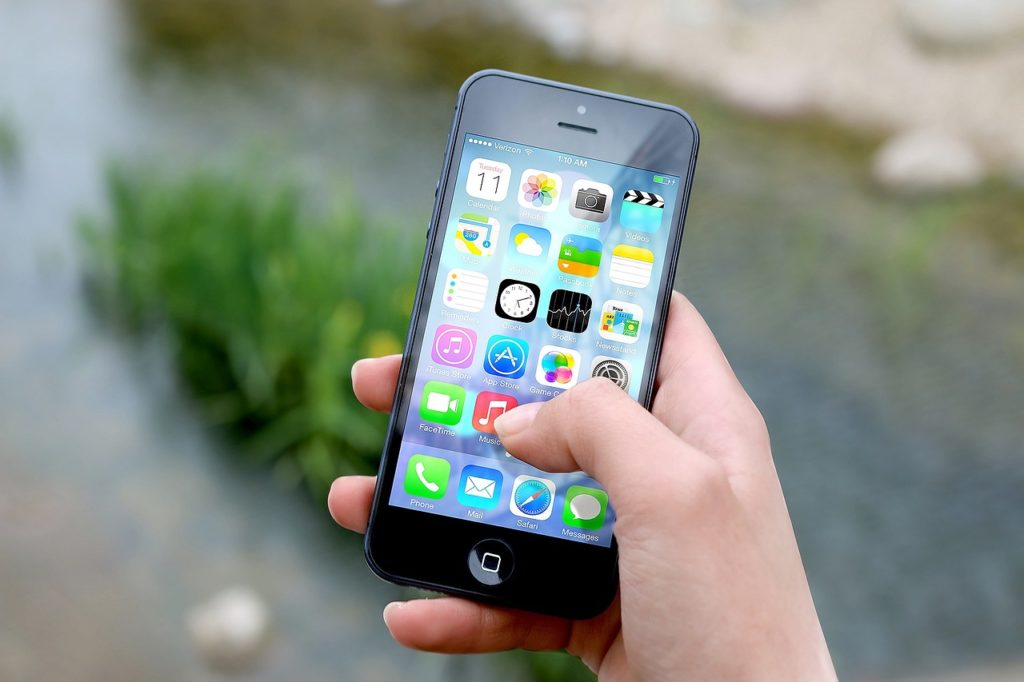
Using Widgets for Peak Efficiency
Widgets can be thought of as miniature applications that reside directly on your home screen. They offer at-a-glance access to crucial information, thereby streamlining your interactions with your device. Integrating widgets strategically can keep you well-informed and efficient, as they provide essential data without the need to fully open an app.
Reviewing and Testing Different Home Screen Layouts
In the end, the most critical aspect of organizing your iPhone’s home screen is that it aligns with your personal preferences and lifestyle. There’s no one-size-fits-all solution, so it’s encouraged to experiment with various layouts and widget arrangements. Continue to tweak and test until you discover the perfect configuration for your needs, ensuring that your device is tailored to enhance your daily digital interactions.
Conclusion
In essence, the efficient organization of your iPhone home screen can greatly enrich your interaction with your gadget. From learning how to arrange apps strategically, utilizing the App Library and Dock, to leveraging advanced techniques like using shortcuts and widgets, the road to a tidy and friendly interface is paved with these tips and tricks.
Remember, as iPhone presents numerous opportunities for customization, don’t hesitate to experiment. The continuous process of trial and error will eventually lead you to a home screen setup that serves both your practical needs and aesthetic preferences. Happy organizing!

